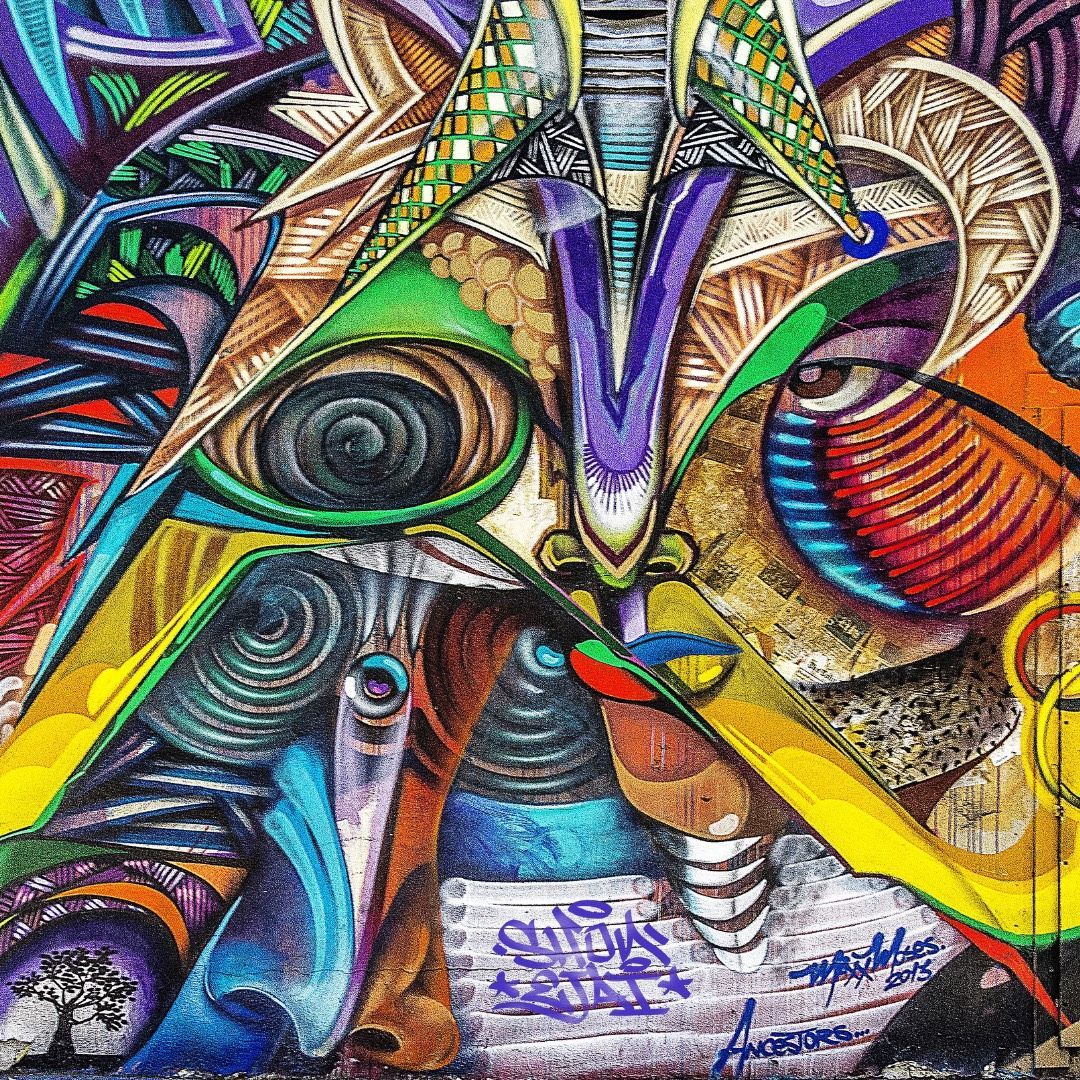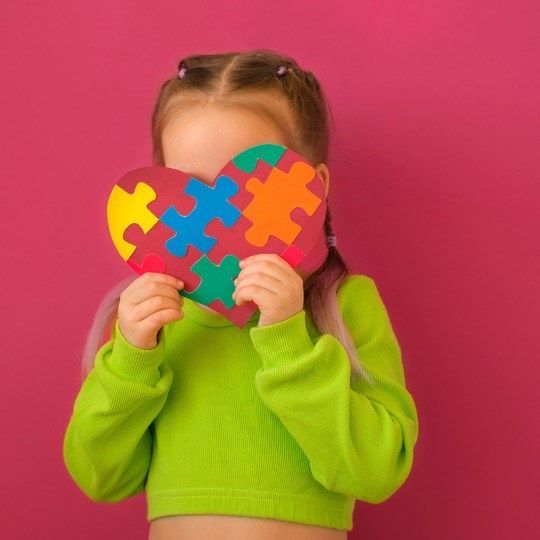Reports show that not only are many people with ASD highly intelligent, but many people with ASD are also better able to process details than those without ASD. This is likely one reason why people with ASD are so skilled in various types of art.

Autism spectrum disorder (ASD) is a general term that summarizes a complex group of neurological conditions characterized by a variety of deficits in social-emotional reciprocity, nonverbal communication in social interactions, and in developing, maintaining, and understanding social relationships. There are only cures for diseases and Autism is not classified as a disease. However, people do seek out treatments for other conditions associated with Autism such as speech delays, sensory disorders, and/or behavior modification. Applied Behavior Analysis (ABA) is a science methodology that seeks to understand behavior. ABA Therapy is a popular treatment in behavior modification whose purpose is to shape behaviors through a system of rewards and consequences. However, in recent years, those seeking alternative treatments have many other options, such as therapeutic art.
Therapeutic art promotes emotional and mental growth. Unlike structured art programs, therapeutic art fosters the opportunity for participants to build life skills such as independence, collaboration, and confidence. Art is a natural outlet for self expression, imagination, and creativity. The visual arts are very impactful in the improvement of cognitions, visual and spatial discrepancies, fine motor skills, and coping.
Reports show that not only are many people with ASD highly intelligent, but many people with ASD are also better able to process details than those without ASD. This is likely one reason why people with ASD are so skilled with various arts.
Many people with autism struggle with communication and are often visual thinkers. Art fits naturally with autism in that it can help those with autism express themselves through images while also serving as a soothing activity. Face to face interactions, such as conversations can be stressful for those with autism. When people with Autism are under stress, it can make it difficult to understand what the individual is feeling or thinking.
As parent and child bonds formed in the early years, therapeutic art programs can be a great way for parents to bond with their child and understand his or her perceptions. Family time with the child can lead to acceptance from the child and a sense of comfort. There are many great books that give advice on implementing art into the lives of children with autism such as
Art as an Early Intervention Tool for Children with Autism (2009) by Nicole Martin
The Art of Autism: Shifting Perceptions (2012) by Debra Hosseini
A Complete Guide to Teaching Art to Those with Autism: Utilizing the Elements and Principles of Design and Life Skills (2011) by Mishawn K. Reynolds.
Therapeutic art programs should become included in the lives of people of all ages, to provide an outlet for self expression, and encourage social interaction in a fun environment.












